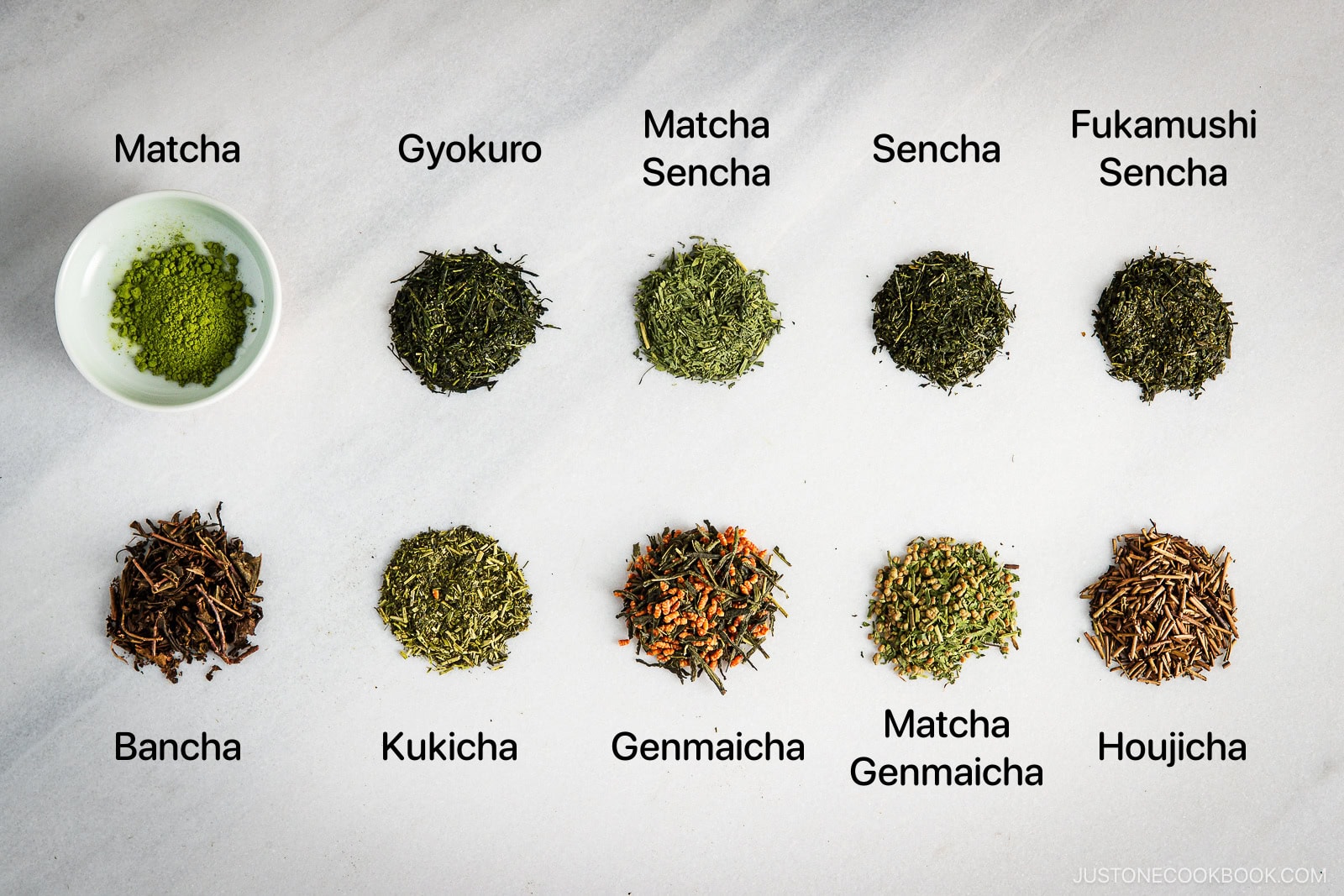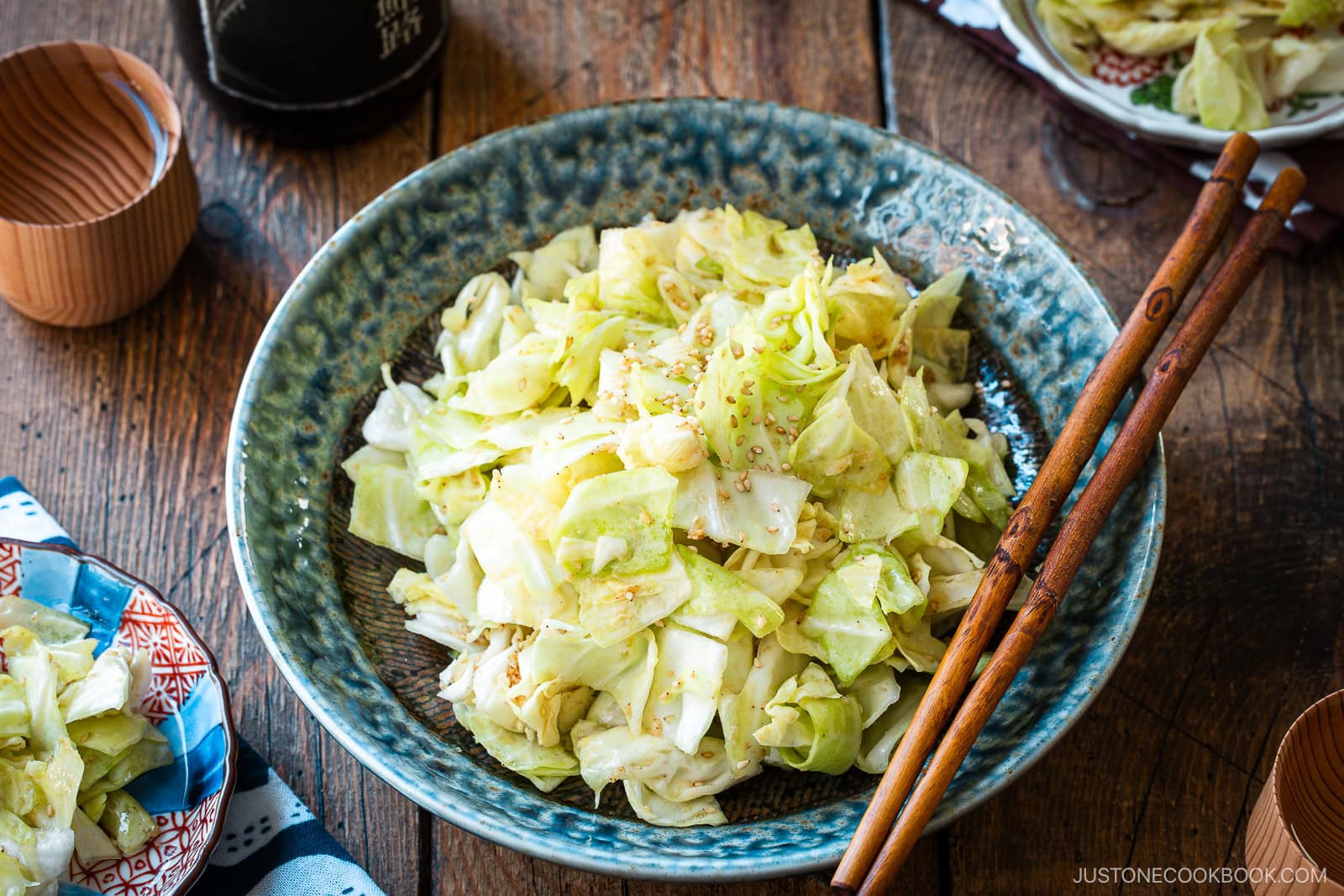Japan boasts a diverse selection of green teas, ranging from classic sencha and nutty genmaicha to exquisite gyokuro. Discover the various methods used to cultivate, harvest, and process Japanese green teas, which contribute to the wide array of flavors and types of this beloved beverage.
Japanese green tea encompasses a variety of types, each with distinct characteristics. The cultivation, harvesting, and processing techniques employed by tea growers significantly influence the final flavor and aroma of the tea. In this article, we will delve into the popular varieties of Japanese green tea and the key factors involved in their creation.
For a more comprehensive understanding, check out a guide to Japanese green tea and learn how to prepare it properly.
What is Green Tea?
Green tea is derived from the Camellia sinensis plant, the same plant that produces black, white, and oolong teas. The distinguishing factor of Japanese green tea is its minimal oxidation process, which preserves its fresh and natural flavor and aroma. This process also helps maintain a high level of antioxidants and nutrients, making Japanese green tea one of the healthiest beverages available.
Growing and Harvesting Japanese Green Tea
Japanese tea growers utilize various methods to cultivate different types of green tea, resulting in a wide range of flavors and qualities. With a wealth of tradition and experience, producers employ techniques that can be categorized as follows:
1. Covering Process
Shading tea plants influences the flavor and quality of the leaves. Greater shading results in a richer umami flavor and protects the plants while extending the harvest period. The following degrees of shading are commonly used:
- tencha (てん茶): fully shaded for 20–30 days before harvest, as seen with gyokuro and matcha
- kabusecha (かぶせ茶): shaded for up to 3 weeks before harvest; also known as shade-grown sencha
- unshaded: grown in full sunlight, typical of regular sencha
2. Harvest Season
Farmers harvest tea leaves from spring to autumn, depending on the climate and region. The earlier the harvest, the better the aroma, flavor, and nutrient content. The main categories of tea based on harvest sessions include:
- shincha (新茶): celebrated as the first pick of the year, harvested in early April; best enjoyed fresh
- ichibancha (一番茶): first flush tea leaves, including shincha, harvested in spring (April and May); known for superior flavor, aroma, and nutrients
- nibancha (二番茶): second flush tea leaves harvested in summer (June and July)
- sanbancha (三番茶) and yonbancha (四番茶): third and fourth flush crops from specific growing regions
3. Growing Region
The characteristics of Japanese green tea are also influenced by the geographical locations of the farms. Certain regions are renowned for their climate, growing conditions, and long-standing tea production traditions. Notable regions include:
4. Cultivar Type
Japan cultivates hundreds of Camellia sinensis cultivars. Some common Japanese cultivars include:
- Yabukitaa (やぶきた): the primary cultivar for most sencha
- Benifuuki (べにふうき)
- Fushun (ふうしゅん), Kanayamidori (かなやみどり), Meiryoku (めいりょく), Saemidori (さえみどり), and Okumidori (おくみどり): other notable cultivars
Steaming vs Roasting Japanese Tea Leaves
After harvesting, producers either steam or roast the Japanese tea leaves.
1. Steaming
The majority of Japanese tea leaves undergo steaming. It requires a high level of expertise to determine the appropriate temperature and steaming duration, which typically lasts between 10 and 60 seconds. This skill significantly impacts the flavor and aroma of the final product.
There are three levels of steaming:
- asamushi (浅蒸し): lightly steamed for 10–30 seconds
- futsu(mushi) (普通[蒸し]): normally steamed for 30 seconds
- fukamushi (深蒸し): deeply steamed for 60 seconds
2. Roasting
Hojicha is the only variety of roasted Japanese green tea. This relatively recent process was discovered by a Kyoto tea merchant in the 1920s when he accidentally charcoal-roasted leftover tea from the previous harvest.
Roasting imparts the following characteristics:
- reduced caffeine content
- reddish-brown color
- sweeter, slightly smoky flavor
- less bitterness and astringency
Popular Types of Japanese Green Tea
In Japan, green tea is commonly referred to as o-cha. However, the broader term for all types of green tea is ryokucha (緑茶, りょくちゃ), where ryoku means “green” and cha means “tea.”
Below are some of the most common types of Japanese green tea, along with their unique qualities and suggestions for enjoyment.
1. Sencha: The Everyday Favorite
Sencha (煎茶) is Japan’s most popular green tea, celebrated for its bright and refreshing flavor. With a well-balanced combination of acidity and sweetness, sencha is an excellent choice for daily enjoyment.
Tea makers harvest the youngest leaves, which are then steamed, rolled, and dried to produce sencha. It is available in light, normal, and deep steaming levels.
2. Gyokuro: The Luxurious Choice
Gyokuro (玉露), also known as Jade Dew, is regarded as the highest-quality green tea. The leaves are grown in the shade for the final 20–30 days, slowing the plant’s growth and enhancing chlorophyll levels, which contributes to gyokuro’s concentrated, rich flavor.
Recognizable by its deep, dark green leaves, gyokuro offers unparalleled umami and aroma. Its taste is often described as sweet with a subtle, seaweed-like note. It can be enjoyed hot or cold, making it a favorite among tea connoisseurs who appreciate rich, complex flavors.
3. Genmaicha: The Mild & Nutty Blend
Genmaicha (玄米茶) is a delightful blend of roasted brown rice with either sencha or bancha. It boasts a mild flavor with a hint of sweetness and an almost popcorn-like taste.
This tea was originally dubbed “people’s tea” as producers used rice as a filler to make genmaicha more affordable. Today, it is cherished for its nutty aroma and lower caffeine content.
4. Hojicha: The Roasted Tea
Hojicha (焙じ茶) is distinguished by its reddish-brown color and unique roasted flavor. Unlike other green teas, hojicha is roasted over high heat instead of steamed, resulting in a toasty, caramel-like sweetness with a hint of smokiness and minimal bitterness.
This roasting process also reduces hojicha’s caffeine content, making it an excellent choice for evening enjoyment. Whether served hot or as a cold brew, its low astringency makes it gentle on the stomach. Hojicha is also available in powdered form, perfect for lattes, smoothies, and desserts.
5. Bancha: The Economical Tea
Bancha (番茶) is made from more mature, coarser leaves harvested later in the season. These larger leaves grow closer to the stalk and do not roll into a fine needle shape during the drying process.
Producers also use bancha to create hojicha and genmaicha. Although considered a lower-quality tea, its light body and subtle sweetness make it a popular choice for novice tea drinkers.
6. Kukicha: The Twig Tea
Kukicha (茎茶), or “twig tea,” is crafted from the stems, twigs, and leaves of the tea plant. Unlike traditional green teas made from younger leaves, kukicha offers a mild and mellow flavor profile.
Its taste is often described as nutty, woody, and subtly sweet, with a refreshing quality and minimal astringency.
7. Konacha: The Powdered Tea from Sencha
Known as the tea of sushi restaurants, konacha (粉茶) is made from the smaller, broken leaves and tea dust that remain after processing higher-grade teas like sencha.
Although it is made from smaller, less refined parts of the tea plant, konacha delivers a bold, robust flavor with a slight astringency and umami-rich taste. It brews quickly and has a vibrant green color.
8. Matcha: The Finely Ground Green Tea Powder
Matcha (抹茶) is a powdered form of green tea, characterized by its vivid green color, sweet and mellow flavor, and higher caffeine content. Traditionally whisked with water in Japanese tea ceremonies, matcha powder has gained global popularity for use in beverages and sweets.
Shop Teaware at JOC Goods
If you’re in search of beautiful teapots, cups, tea caddies, or matcha bowls, visit our online shop, JOC Goods! We offer a wide range of teaware, including Tokoname, Arita, and Kutani ware.
Drinking Green Tea: A Daily Ritual
Each type of Japanese green tea carries its own story, flavor, and significance in daily life. Personally, I find that my choice of tea varies with the moment. A cup of genmaicha is my go-to for cozy family evenings, while matcha feels like a small celebration whenever I prepare it.
I encourage you to explore these teas at your own pace, experimenting with brewing techniques to discover your perfect cup. Green tea is more than just a beverage; it represents a ritual, a source of comfort, and a connection to Japanese culture that I hope you will enjoy as much as I do.
How many types of Japanese green tea have you tried? Do you have any favorites? Share your experiences in the comments—I’d love to hear from you!





